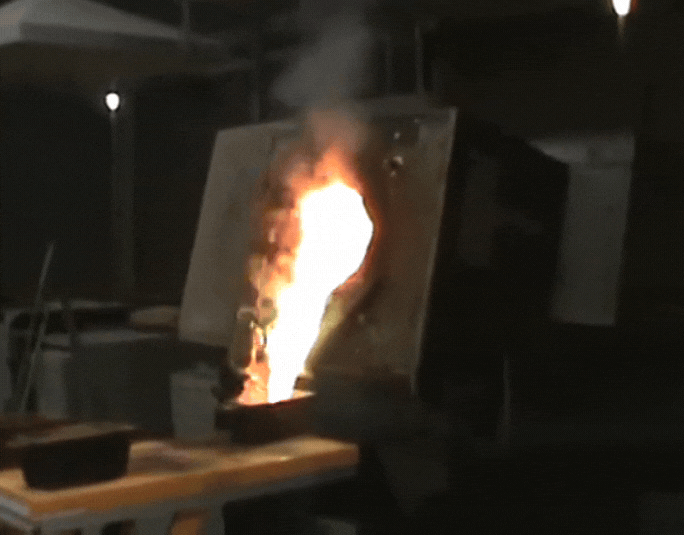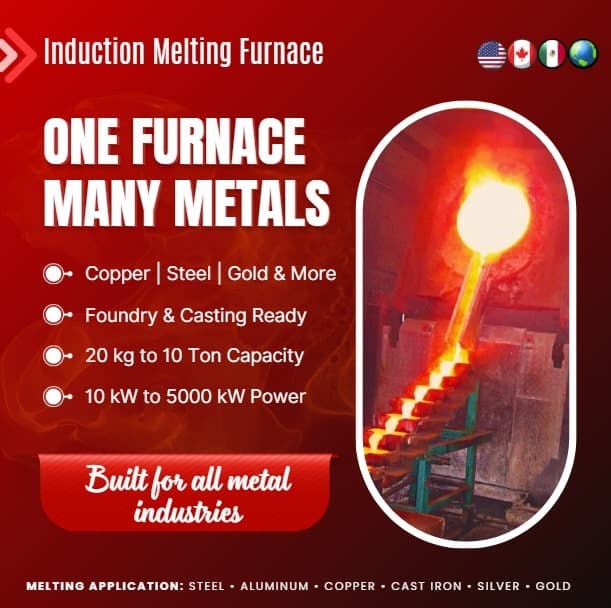
Induction heating has become an indispensable process in various industries, including the manufacturing of bill ets and bars. However,power loss during induction heating can significantly impact efficiency and productivity. In this article, we will explore effective strategies and techniques to prevent power loss in induction billet and bar heating, ensuring optimal performance and cost-effectiveness. We will delve into the working principles of induction heating units and discuss practical solutions to mitigate power loss.
Induction billet and bar heating involve the use of electromagnetic fields to heat metallic materials quickly and uniformly. The process relies on the principle of electromagnetic induction, where alternating current generates an oscillating magnetic field that induces electrical currents within the billets or bars. These induced currents produce heat due to the inherent electrical resistance of the material. Billets or bars are heated before deformation to improve their ductility and strength. Fig.1 demonstrates the working principle of induction heating.
Induction heating units consist of three primary components: a power supply, a work coil, and the work metal being heated (billet or bar). Fig. 2 shows the primary components of an induction heating unit. The power supply generates high frequency alternating current, typically in the radio frequency (RF) range. This alternating current passes through the work coil, creating a rapidly alternating magnetic field.


When the billet or bar is placed within the work coil, the magnetic field induces electrical eddy currents within the material. The resistance of the material causes these currents to dissipate energy in the form of heat, resulting in the desired heating effect.
Power loss in induction billet and bar heating can occur due to various factors. Identifying and addressing these causes are crucial for maintaining efficient heating processes. The following are some common reasons for power loss:
To optimize induction billet and bar heating processes and minimize power loss, the following strategies can be implemented:
Here’s a step-by-step guide on how to efficiently reduce power loss in induction heating:
The industrial heating sector has been experiencing a paradigm shift with the move towards energy-efficient operations. In the arena of induction billet heating and induction bar heating, preventing power loss is of paramount importance. By understanding the underlying principles of an induction heating unit, employing smart strategies, making informed decisions, optimizing work coil design, ensuring precise alignment and positioning, selecting suitable materials, and implementing shielding and insulation measures, power loss can be significantly reduced. By following these strategies, industries can enhance productivity, improve energy efficiency, and achieve cost-effective heating operations.
Remember, every watt saved in induction billet and bar heating is a step towards a sustainable and economically viable industrial landscape. A conscientious approach to preventing power loss in your induction heating processes is not just beneficial – it’s necessary.
References:
We are advisors and consultants to a wide range of industries—including Foundries, Steel Plants, Mining operations, Metal Mills, Universities, Military
institutions, Aerospace, and metal processing industry.
Our mission is to help clients reduce energy consumption and identify the most efficient induction furnace solutions ailored to their specific perational needs

